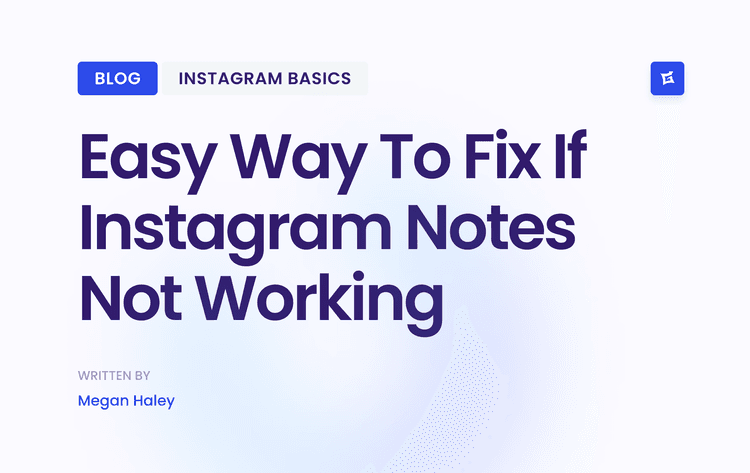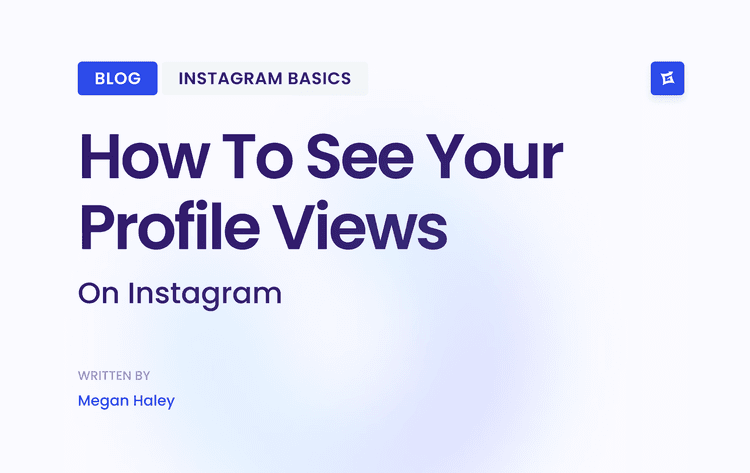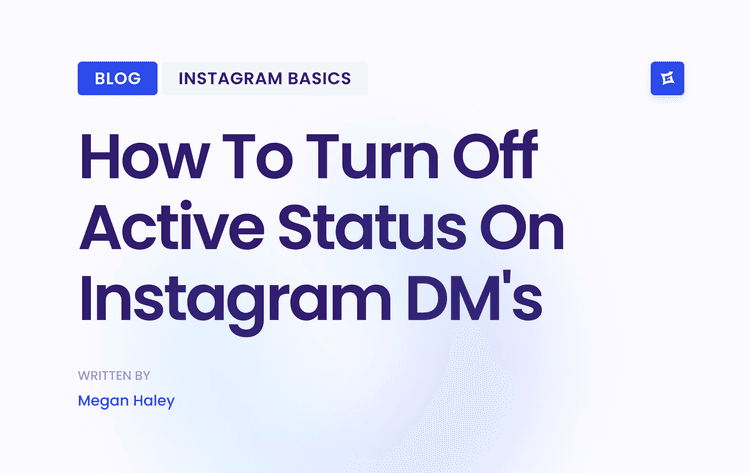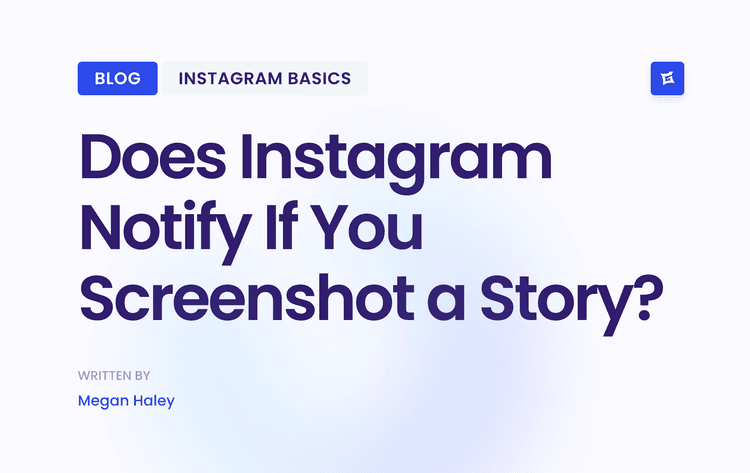The Psychology Behind Content That Spreads Like Wildfire
The Power of Social Currency
Social currency is a major factor in virality. It's the value people assign to sharing content that makes them appear knowledgeable, cool, or funny to others. Sharing is a form of self-expression and social signaling. Someone might share a thought-provoking article to seem intelligent, or a funny meme to appear witty. This desire for positive self-presentation is a powerful engine for content distribution.
Practical Utility and Emotional Resonance
Content offering practical utility, like helpful tips or valuable information, tends to get shared more. People naturally want to share useful resources with others. But utility alone isn't enough. Truly viral content often connects with strong emotions. Evoking feelings of awe, surprise, joy, or even anger can significantly boost shareability. Think about the last thing you shared online – it likely resonated with you emotionally.
Multimedia and Engagement
Understanding the power of multimedia is key to creating viral content. Studies show that online publications with multimedia, like photos and short videos, get 77% more engagement than text-only posts. Modern audiences scan content rather than reading every word, so visuals are vital for grabbing attention. Catchy titles and subheadings can also increase readability by 57%. And, using emotional language can increase virality by 28.6%. You can find more detailed statistics here: Learn more about multimedia engagement. Incorporating visuals and emotional language is essential for any successful content strategy aimed at virality.
Repeatable Patterns for Virality
By studying viral case studies across different industries, we can identify repeatable patterns. For a more in-depth look, check out this comprehensive guide on how to create viral content. These patterns go beyond specific platforms and algorithms and highlight core psychological principles. Understanding these principles is the first step in creating content that resonates with your target audience and encourages organic sharing. This brings us to the next important element: writing compelling headlines that grab attention and encourage clicks.
Crafting Headlines That Stop the Scroll and Drive Clicks
On social media, your headline is often the only chance you have to make a first impression. It's the doorway to your content. A great headline determines whether your message gets seen or disappears into the feed. This is especially important if you're trying to go viral. Knowing how to create viral content starts with a compelling headline.
The Anatomy of a Viral Headline
An effective headline does more than just inform – it sparks interest. It promises something valuable and makes people curious enough to click. Think of your headline as a movie trailer: it needs to grab attention and make the audience want more. Several key elements contribute to headline success.
Numbers and Lists: Headlines with numbers, such as "10 Tips for..." or "5 Ways to...," tend to do very well. They give readers a clear idea of what to expect and promise information that's easy to digest.
Power Words: Words like "secrets," "hacks," and "surprising" create a sense of mystery and exclusivity. These words naturally draw readers in.
Emotional Triggers: Headlines that connect with emotions, whether it's curiosity, excitement, or even a touch of fear, get shared more often.
Avoiding the Clickbait Trap
While it’s important to write eye-catching headlines, it’s equally important to avoid clickbait. Clickbait might get initial clicks, but it damages your credibility in the long run. Clickbait often involves exaggerated language or misleading promises that don't match the actual content. This can lead to disappointed readers and a negative view of your brand.
Testing and Optimization: The Key to Headline Success
A/B testing is crucial for optimizing your headlines. By writing different versions and tracking their click-through rates, you can see which wording performs best with your audience. This helps you refine your approach and continually improve your results. It’s similar to experimenting with different Instagram captions to see which ones get the most engagement.
Proven Headline Templates
Here are a few adaptable headline templates to get you started:
How to [Achieve Desired Outcome] in [Specific Timeframe]
[Number] Secrets to [Desired Outcome] That Nobody Told You
The Surprising Reason Why You Should [Action]
[Number] [Adjective] [Noun] That Will [Benefit]
By understanding headline psychology, and through consistent testing and refinement, your headlines can become powerful tools. They'll attract clicks and help your content go viral. Learning how to create viral content hinges on understanding your audience and the platform you're using. A headline that works on TikTok might not be as effective on LinkedIn. Remember to always consider your target audience and platform when crafting your headlines.
Visual Storytelling: The Non-Negotiable Element of Virality

Visuals are essential for viral content. Across platforms like Instagram and TikTok, visually-driven content gets the most shares. Think about how quickly people scroll through their feeds. A captivating image or video is key to stopping that scroll and grabbing attention. This section explores how to choose and create visuals that amplify your message and boost the chances of your content going viral, especially if you're aiming for consistent viral success.
Choosing the Right Visual Format
Different formats work better for different content and goals. Short videos tend to do well on platforms like TikTok and Instagram Reels, while high-quality images often perform better on Instagram and Pinterest. Infographics are great for displaying data in a visually appealing way, especially on platforms like LinkedIn and Facebook. Choosing the right format is a crucial first step in your visual storytelling strategy.
Let's look at the different visual content types and their potential for virality in the following list:
Visual Content Types and Their Viral Potential This content compares different visual content formats based on engagement metrics and viral potential across platforms.
Short videos (under 60 seconds) have a high engagement rate and high shareability, with a medium level of production difficulty. These are best suited for TikTok, Instagram Reels, and YouTube Shorts.
High-quality images generate a medium engagement rate and medium shareability, and are easy to produce. They perform best on Instagram, Pinterest, and Facebook.
Infographics also offer a medium engagement rate but have high shareability, with medium production difficulty. These are ideal for LinkedIn, Facebook, and Twitter.
GIFs are characterized by a medium engagement rate and high shareability, and are easy to create. They work well on Twitter and Giphy.
Long videos (over 60 seconds) have a medium engagement rate and medium shareability, but come with high production difficulty. They are best shared on YouTube and Facebook.
Key takeaway: Short-form video currently dominates, but high-quality images and easily shareable infographics remain valuable assets. Matching your format to the platform and your content is crucial for maximizing engagement.
The Power of Color Psychology
Colors evoke emotions and affect how people see your content. Red, for instance, creates urgency or excitement, while blue conveys trust and calm. Understanding basic color psychology helps you choose colors that align with your message and audience. You don’t need a design degree. Even a little knowledge can significantly impact how people react to your visuals. For more, check out this guide on How to master visual storytelling techniques.
Composition and Visual Hierarchy
Arranging elements within your visual is important. Visual hierarchy directs the viewer's eye to the most important information first. This is done with techniques like contrasting colors, varying font sizes, and strategically placing elements. Putting your key message in the center, surrounded by supporting visuals, can make it instantly more memorable. This applies to both static images and videos.
Case Studies: From Ordinary to Viral
Analyzing real-world examples is a great way to learn about creating viral content. Many case studies show how visuals builds ordinary content into viral hits. One example is the simple image of an egg that became the most-liked post on Instagram, beating a celebrity photo by millions of likes. This highlights the sometimes unpredictable nature of virality and the importance of visual experimentation. Here's a helpful resource: How to master visual storytelling techniques.
Practical Takeaways for Immediate Implementation
No matter your budget or technical skills, you can use these techniques right away. Even small visual improvements can greatly increase shareability. Experiment with formats, colors, and compositions. Analyze what your audience responds to and adjust your approach based on the results. Creating viral content is a process of continuous learning.
Platform-Specific Viral Strategies That Actually Convert
What works on TikTok might not work on LinkedIn. Understanding the nuances of each platform is crucial for creating viral content. This isn't a one-size-fits-all approach; it’s about tailoring your strategy for maximum impact. This means understanding the algorithms, the audience, and the type of content that performs best on each platform.
Decoding the Algorithms
Each platform has its own algorithm, a set of rules determining which content gets seen. TikTok prioritizes short-form videos and uses a "For You" page that serves up personalized content based on user behavior. This differs greatly from LinkedIn, which favors professional content and emphasizes connections within your industry. Knowing these differences is key to unlocking viral potential.
Content Format: Tailoring Your Message
Displaying your message effectively is just as important as the message itself. On Instagram, visually appealing photos and short, engaging Reels are king. However, on platforms like Twitter or Facebook, text-based posts with strong visuals can also perform well. LinkedIn thrives on long-form articles and professional insights. Adapting your content format is crucial for success.
Audience Behavior: Understanding Your Viewers
Knowing your target audience is essential. What resonates with Gen Z on TikTok might not connect with professionals on LinkedIn. Understanding the demographics, interests, and online behavior of your target audience on each platform is vital. This allows you to create content that speaks directly to them, increasing shares and engagement.
Timing and Hashtags: Maximizing Reach
When you post and how you use hashtags significantly impacts your reach. Platforms like Twitter and Instagram often have peak engagement times. TikTok relies heavily on trending hashtags to boost visibility. On LinkedIn, using relevant industry hashtags can help your content reach a wider professional audience. Strategic timing and hashtag usage are essential for maximizing reach. For example, on TikTok, creating viral content is closely tied to trends and user engagement. TikTok, with over 2 billion monthly active users, has become a hotspot for short-form video content, where over 80% of users engage with AR effects. The platform's algorithm contributes to its high engagement rate of 4.07%. User-generated content has increased by 45%, and hashtags like #fyp have over 10 trillion views. These statistics highlight the potential of using interactive content and trending topics. Find more detailed statistics here: Discover more insights about social media statistics.
Engagement Techniques: Fostering Community
Encouraging interaction is key to virality. Asking questions, running polls, or responding to comments can significantly boost engagement. On Instagram, using interactive stickers in Stories can create a sense of community and encourage sharing. These techniques keep the conversation going and help your content spread.
Case Studies: Learning From Success
Analyzing viral content from different platforms provides valuable insights. Look for patterns in content format, timing, hashtags, and audience engagement. These case studies can offer a roadmap to virality, showing what works and how you can apply similar principles to your own content. Learn from the successes (and failures) of others.
Brand Consistency: Maintaining Your Identity
While adapting to each platform is crucial, maintaining brand consistency is equally important. Your core message and values should remain consistent across all channels, even as you tailor your content. This builds trust and recognition with your audience, regardless of the platform.
Emotional Triggers That Turn Viewers Into Sharers

Creating viral content is a pursuit many chase. Often, the secret lies in tapping into the core of human experience: emotions. Content that truly resonates doesn't just deliver facts; it connects with viewers on an emotional level, inspiring them to share that experience. This emotional resonance is the key to renewing passive viewers into active sharers.
Understanding the Emotional Spectrum
A wide array of emotions can be powerful drivers of social sharing. While humor and joy are often top of mind, there are other potent emotional triggers to consider:
Awe: Think breathtaking nature photography or incredible stories of human achievement. Content that inspires awe creates a sense of shared wonder and encourages contemplation, making it highly shareable.
Surprise: Unexpected twists, shocking reveals, and genuinely surprising moments capture attention and spark conversation. This makes surprise a powerful motivator for sharing.
Joy: Uplifting narratives, heartwarming moments, and positive content spread happiness and create a sense of community. People naturally want to share these good vibes with their networks.
Anger: While potentially divisive, content that taps into righteous anger or shared frustration can be highly shareable. This occurs as people seek validation and solidarity for their perspectives.
Practical Utility: Even when dealing with emotions, practicality matters. Content that offers helpful advice, valuable insights, or solves a problem provides a tangible benefit. People are eager to share resources that they find useful.
Let's take a closer look at how these emotions translate into sharing behavior with the following list.
To effectively leverage emotional triggers, understanding your target audience is crucial. What resonates deeply with one group may not connect with another. For example, nostalgic content might be highly effective with older audiences, while falling flat with younger demographics. Analyzing your audience’s interests, values, and online behavior is essential. This provides insights into the specific emotional triggers most likely to resonate with them.
Emotional Triggers and Their Viral Impact
This list displays data on how different emotions influence content sharing and engagement rates
Awe-Inspiring Content
Share Rate: 20-30% increase
Comment Rate: 10-15% increase
Retention: High watch time/reads
Best Formats: Cinematic videos, in-depth articles, breathtaking photography
Example Use: Nature documentaries, architectural marvels, scientific breakthroughs
Surprising Content
Share Rate: 25-35% increase (highest virality potential)
Comment Rate: 15-20% increase
Retention: Moderate engagement
Best Formats: Quick reveal videos, unexpected facts, before/after visuals
Example Use: "You won't believe..." style content, myth-busting posts
Joyful Content
Share Rate: 15-20% increase
Comment Rate: 10-15% increase
Retention: High repeat viewing
Best Formats: Uplifting stories, cute animal videos, celebratory posts
Example Use: Heartwarming reunions, personal triumphs, community wins
Anger-Driven Content
Share Rate: 30-40% increase (most shared but risky)
Comment Rate: 20-25% increase
Retention Risk: High unsubscribe potential
Best Formats: Exposés, social commentary, injustice coverage
Caution: Can damage brand reputation if overused
Practical/Useful Content
Share Rate: 10-15% increase
Comment Rate: 5-10% increase
Retention Value: High save/bookmark rate
Best Formats: Step-by-step guides, life hacks, educational infographics
Long-Term Value: Builds authority and recurring traffic
As you can see, different emotions have varying effects on how content is shared and engaged with. Understanding these nuances is key to maximizing your impact.
Balancing Emotion With Value
While emotional impact is paramount, never sacrifice value for the sake of emotional manipulation. Content lacking substance will eventually erode your credibility. The most successful viral content strikes a balance between emotional resonance and genuine value. This might be valuable information, engaging entertainment, or practical utility. This approach builds trust with your audience and positions you as a reliable source of both connection and worthwhile content.
Practical Techniques for Incorporating Emotional Triggers
Here are a few practical strategies for effectively weaving emotional triggers into your content:
Storytelling: Crafting compelling narratives is key to evoking specific emotions. Personal anecdotes, relatable case studies, and human-interest stories are powerful tools for building emotional connections.
Visuals: Images and videos excel at conveying emotions. Use strong visuals that reinforce the emotional tone and message of your content.
Language: Words have power. Choose language that evokes the specific emotions you aim to trigger. Use vivid descriptions to create a sense of awe or strong verbs to convey anger, for instance.
Music and Sound: Soundtracks and sound effects can significantly influence emotional responses. Select music and sounds that complement and amplify the desired emotions in your content.
To truly maximize the impact of your content on social media, consider platform-specific best practices, such as timing your posts. Understanding the best time to post on different platforms can greatly enhance your reach. By strategically incorporating these emotional triggers, you can build your content. It goes from being passively consumed information to actively shared experiences, ultimately boosting your chances of going viral. This not only increases shares, but also cultivates a deeper connection with your audience.
Engineering Content for Maximum Shareability
Creating truly engaging content is only half the journey. You also need to ensure it's easily shareable. This means optimizing both the technical aspects and the structure of your content to encourage seamless sharing across various social media platforms. Everything from page loading speed to the strategic placement of social sharing buttons plays a vital role.
Technical Optimization: Removing Friction
Sharing should be as frictionless as possible. Slow loading times can discourage even the most eager sharer. Research indicates that a one-second delay in page load time can result in an 11% drop in page views. Optimizing your content’s loading speed is therefore paramount. Equally important is ensuring your content is mobile-responsive. Given that most social media users access platforms through mobile devices, content that doesn't display well on smartphones and tablets will severely restrict its viral potential.
Structuring Content for Easy Consumption
Content structure is just as crucial as technical optimization. Think of your content as a narrative: it needs a clear beginning, middle, and end. Break up dense text with headings, subheadings, bullet points, and visuals. This helps readers quickly scan and absorb the information. Ideal content length also differs across platforms. Short, impactful content performs well on platforms like TikTok, while longer, more detailed pieces are better suited to LinkedIn. For Instagram success, take a look at our guide on how to go viral on Instagram.
Strategic Placement of Shareability Hooks
Consider why someone would share your content. Does it offer valuable insights? Does it evoke a strong emotional response? Integrate shareability hooks – strategically placed points designed to prompt sharing – to capitalize on these opportunities. A surprising statistic or a relatable anecdote can be the perfect trigger for encouraging shares.
Call-to-Action Placement: The Subtle Art of Encouragement
While promoting sharing is essential, avoid being overly aggressive. Data suggests that subtly placed call-to-actions, such as a simple "Share this with someone who might find this helpful," are often more effective than intrusive pop-ups or constant requests. Experiment with different strategies to see what resonates best with your specific audience.
Social Sharing Buttons and Embedding Options
Simplify sharing by including social sharing buttons directly within your content. These buttons should be clearly visible and user-friendly on both desktop and mobile devices. Also, consider enabling embedding options for videos and other multimedia. This allows others to easily integrate your content onto their own platforms, creating a ripple effect that amplifies your message and expands its reach. Creating shareable content involves a combination of technical proficiency, well-structured content, and strategically placed prompts that encourage organic sharing. By focusing on these elements, you can significantly increase the likelihood of your content reaching a wider audience and achieving viral success.
Measuring What Matters: Beyond Vanity Metrics

Creating viral content isn't a matter of luck. It's about truly understanding what connects with your audience and continually refining your approach. This means looking beyond superficial metrics like follower counts and likes. It means delving into the data that actually reveals why some content thrives while other content doesn't.
This section explores how to develop a data-driven approach to content creation. We'll see how this can renew viral success from a random event into a repeatable, predictable process.
Identifying Key Performance Indicators (KPIs)
Likes and shares are helpful for gauging initial engagement, but they don't tell the entire story. Key Performance Indicators (KPIs) provide more insightful and predictive data about viral potential. These KPIs are much more actionable and can guide your content strategy.
Share Rate: This metric reveals how often your content is shared compared to how many people saw it. A high share rate signifies that your content resonates deeply, prompting organic amplification and wider reach.
Click-Through Rate (CTR): CTR measures the percentage of people who click on your content after seeing it. A strong CTR usually indicates a compelling headline and visually appealing presentation. It shows that people are intrigued enough to learn more.
Average Engagement Time: This KPI tells you how long people spend consuming your content. Longer engagement times suggest your content captures and holds their attention, providing real value and keeping them hooked.
Conversion Rate: The conversion rate tracks how many viewers complete a desired action, like signing up for an email list or visiting your website. This is crucial for measuring how effectively your content drives tangible results and achieves your marketing goals. You might find helpful information on Gainsty regarding social media engagement.
Setting Up Proper Attribution
Understanding where your shares originate is just as crucial as knowing how many you’re receiving. Attribution, which means tracking the source of your traffic, lets you pinpoint the platforms, influencers, or even specific campaigns driving the most viral activity.
This information is essential for optimizing your distribution strategy. You can focus your efforts on the channels and tactics that deliver the greatest impact, maximizing your reach and engagement.
Monitoring Momentum in Real Time
Virality is often marked by a rapid surge in engagement. Having the right tools and systems to monitor this momentum in real time is key. This allows you to quickly capitalize on trending content.
This could involve boosting ad spend, promoting the content on more channels, or creating follow-up content to maintain the buzz. Responding swiftly to these trends can significantly amplify your results.
Feedback Loops and Continuous Improvement
Top creators of viral content don't just celebrate their wins; they analyze them. Implementing feedback loops lets you systematically learn from each piece of content—both successes and failures.
This involves consistently reviewing your KPIs, analyzing audience comments and feedback, and using these insights to refine your future content strategy. This constant refinement is the key to long-term success. Gainsty, an AI-powered social assistant, can be a valuable tool in this process for Instagram growth.

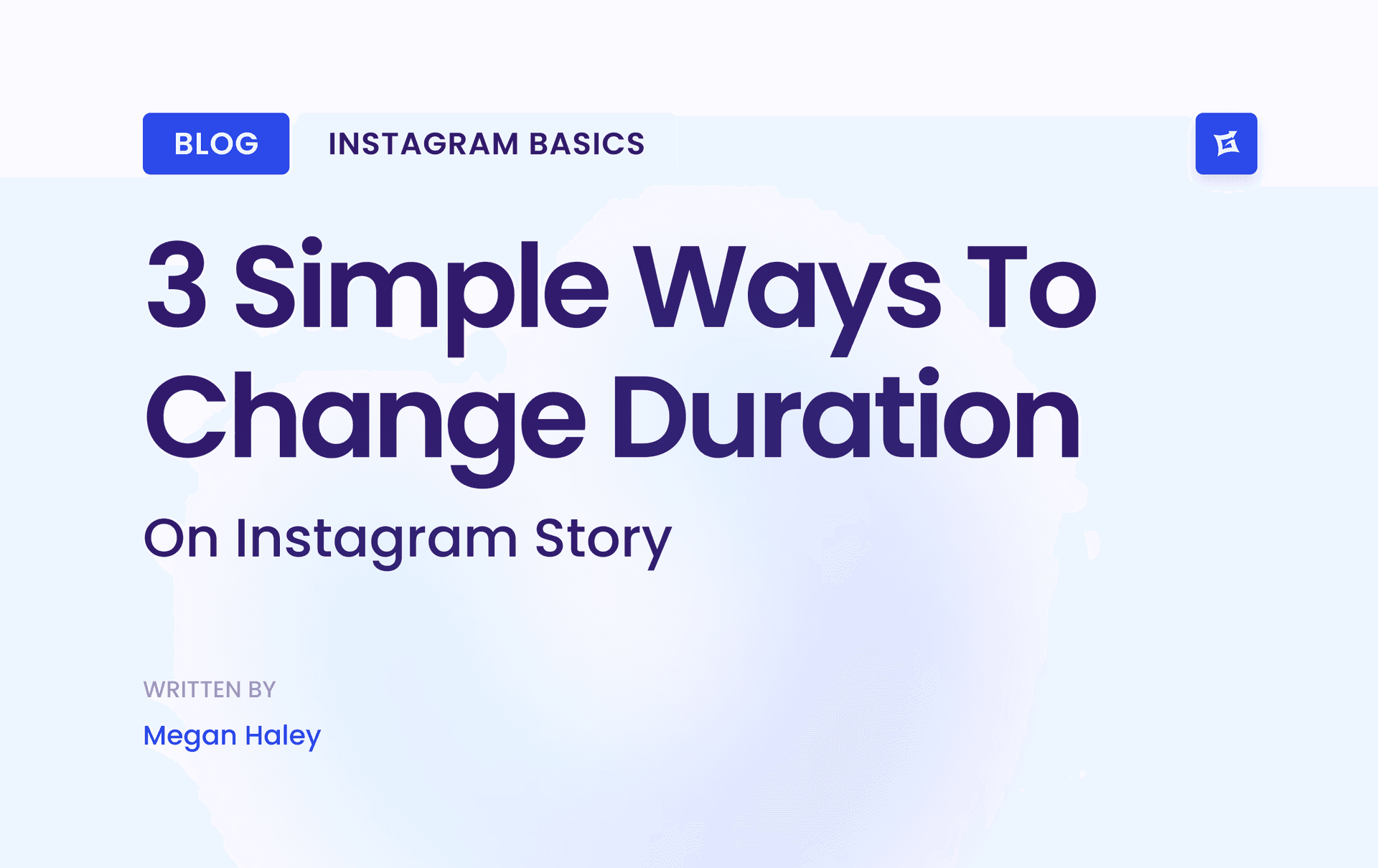
.png&w=1920&q=75&dpl=dpl_9XSWKBjhcBN6v6b1SN7m3p1WWjfr)
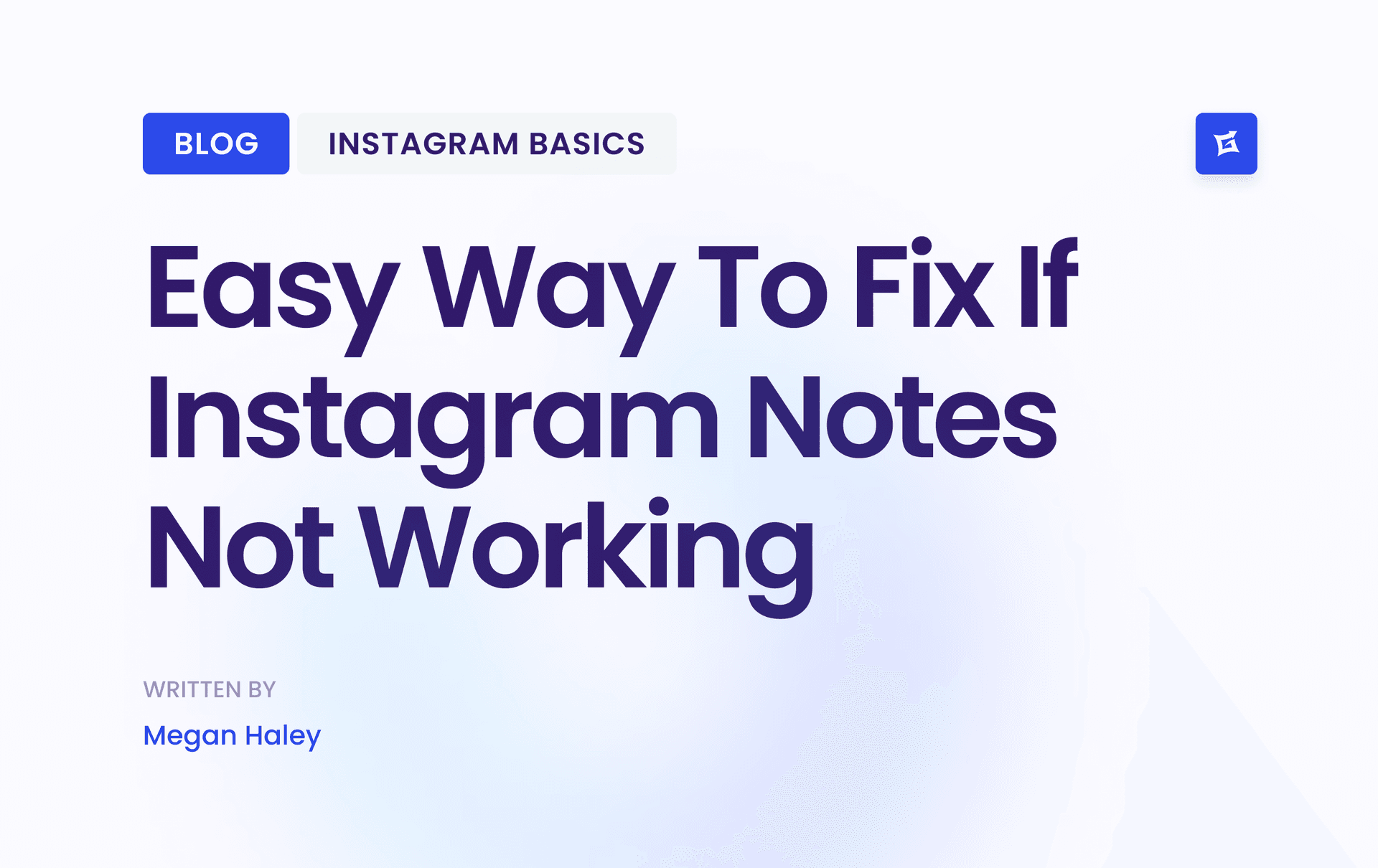
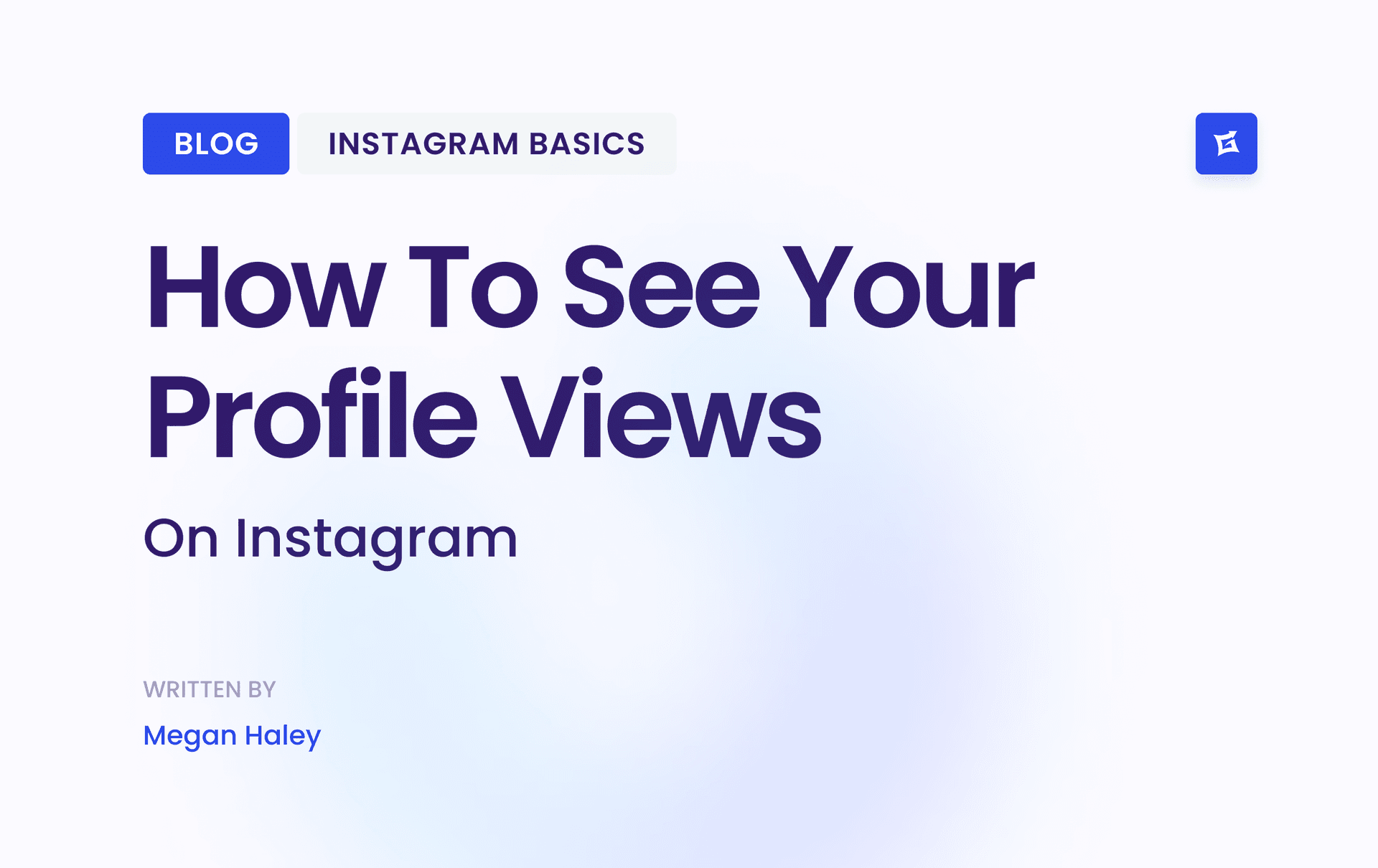
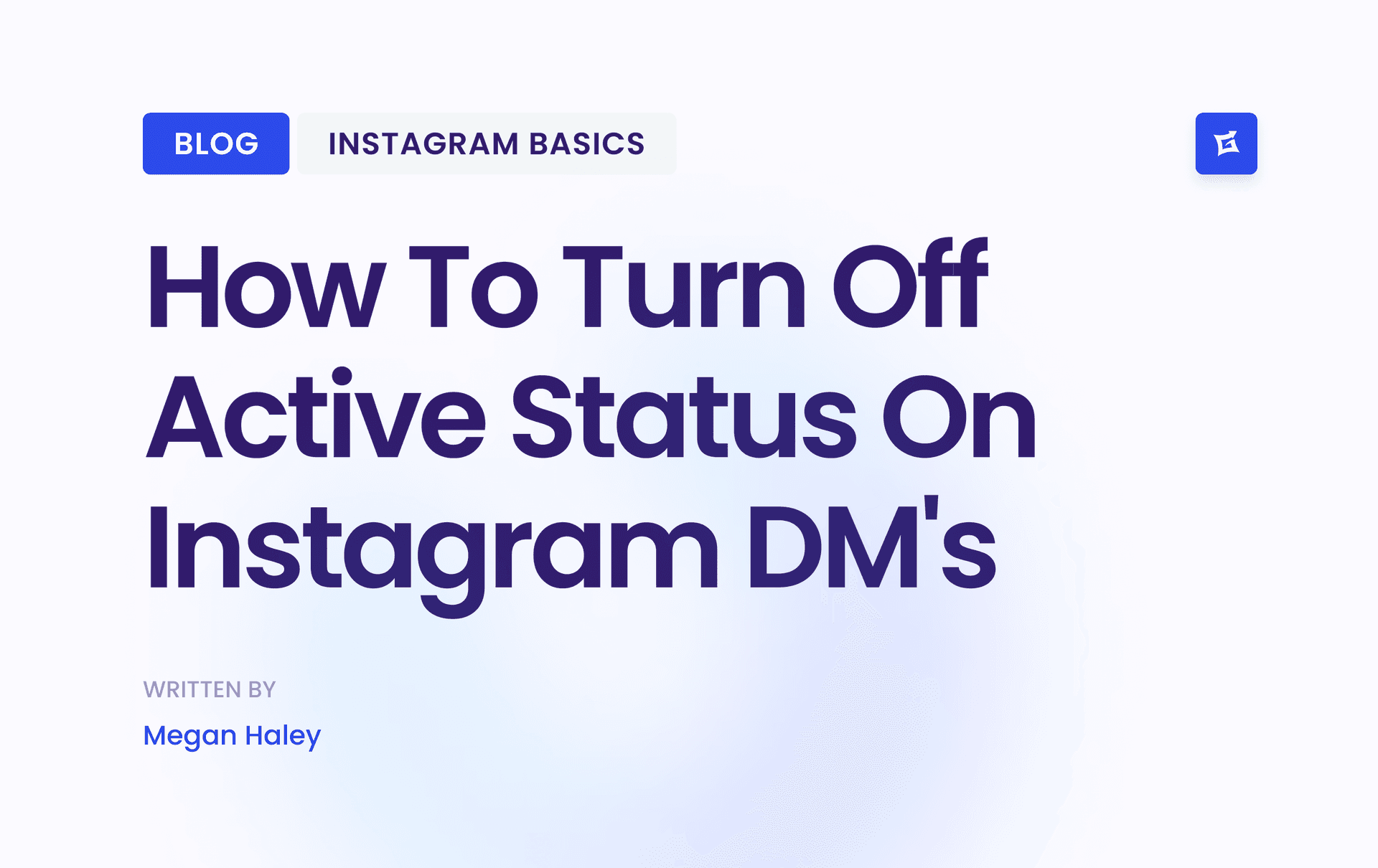




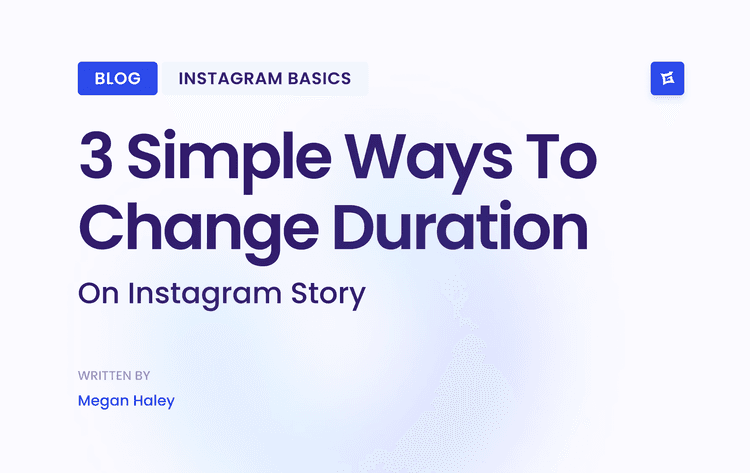
.png&w=750&q=75&dpl=dpl_9XSWKBjhcBN6v6b1SN7m3p1WWjfr)
